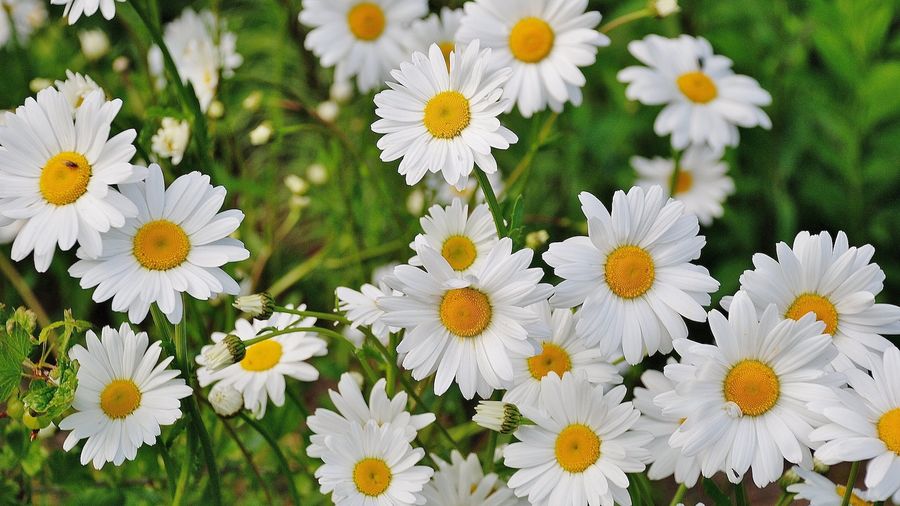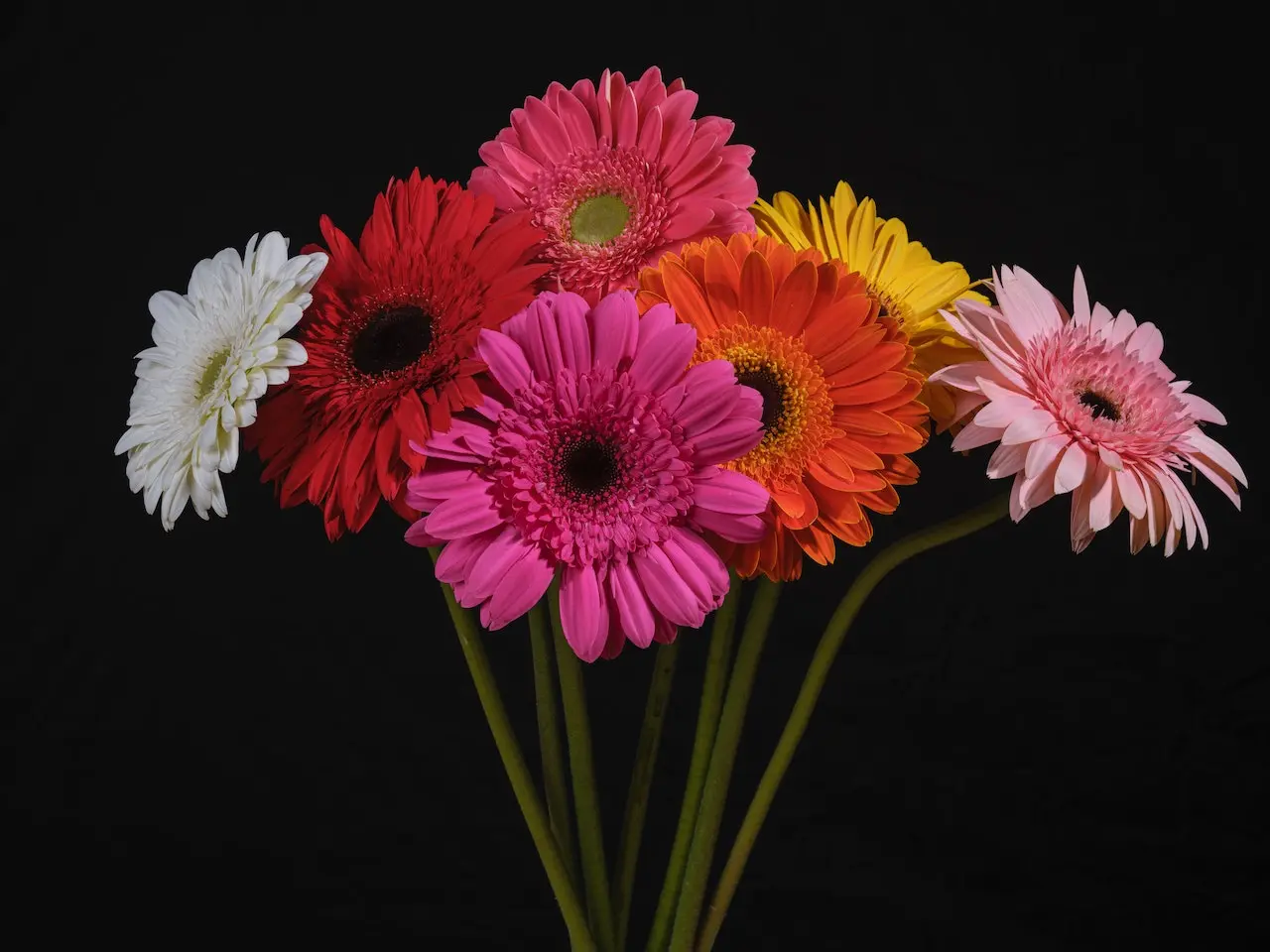· flowers · 4 min read
All About Daisies
Daisies belong to the Asteraceae family, which is one of the largest flowering plant families.

Daisies are herbaceous perennial plants that typically grow low to the ground, though some varieties can reach taller heights. Daisies have a composite flower structure consisting of a central disc, which contains tiny individual flowers called florets, surrounded by ray-like petals
History of Daisies
The history of daisies stretches back thousands of years and they have been admired and celebrated in various cultures around the world.
Daisies are believed to have originated in Europe and Asia
They have a long-standing presence in ancient mythology and folklore. The name “daisy” is derived from the Old English word “daes eag,” which means “day’s eye,” reflecting the flower’s habit of opening its petals during the day and closing them at night.
During the Roman era
Daisies were popular flowers and they were considered symbols of renewal and rebirth.
During the Middle Ages
Daisies gained significant symbolism in Europe, especially in Christian culture. They symbolized purity, innocence, and humility. Daisies were often included in artwork, tapestries and religious iconography of the time.
During the Renaissance period
Daisies continued to be cherished flowers, and they found their place in elaborate gardens. They were cultivated for their beauty and symbolism. Gardens were designed to include daisies, along with other ornamental flowers, to create visually appealing landscapes.
During the Victorian era
Daisies became popular again, and they held various symbolic meanings. In the language of flowers, daisies symbolized loyal love, innocence and simplicity. They were used extensively in floral arrangements and bouquets, often combined with other flowers to convey specific messages and sentiments.
Modern Times
Daisies have remained popular flowers to this day, adorning gardens, meadows and floral designs. They are beloved for their cheerful appearance, versatility, and long-lasting blooms. Daisies are often associated with happiness, purity, and the joy of simple pleasures in life.
Growing Daisies
Daisies are relatively easy to grow and can thrive in a variety of conditions. Here are some key points to consider when growing daisies:
- Sunlight
- Daisies prefer full sun but can tolerate partial shade.
- Soil
- Well-draining soil is essential for daisies. They prefer slightly acidic to neutral soil pH.
- Watering
- Daisies require regular watering, but be careful not to overwater as it can lead to root rot.
- Maintenance
- Deadheading spent blooms can encourage continuous blooming. Dividing clumps every few years can also help maintain plant health.
Types of Daisies
Some common types of daises are:
English Daisy
Small, low-growing daisies with white or pink petals and yellow centers.
Shasta Daisy
Large, white daisies with yellow centers and a yellow disc-like structure.
African Daisy
Vibrant, colorful daisies with petals in shades of orange, pink, purple, or yellow.
Gerbera Daisy
Large, showy daisies with a wide range of colors, including red, pink, orange, yellow and white.
Oxeye Daisy
Wild daisies with white petals and a yellow center.
Colors of Daisies

Daisies come in various colors, including:
White
Pink
Orange
Red
Purple
White daisies with yellow centers are the most commonly recognized, but hybrid varieties have expanded the color palette, offering more options for gardeners and floral arrangements.
Fun Facts about Daisies
Daisies are often associated with childhood, innocence and simplicity.
Daisies are not just decorative flowers; they have also been used for their medicinal properties, such as relieving indigestion and soothing skin irritations.
Daisies are attractive to pollinators like bees and butterflies, making them beneficial for pollinator gardens.
Daisies are sometimes referred to as “nature’s clocks” because their petals open and close with the rising and setting of the sun. This characteristic has been used to create “floral clocks” in gardens, where daisies and other flowers are arranged to tell the time.
The petals of daisies are edible and can be added to salads, used as a garnish, or infused into tea. They have a mild, slightly bitter taste and can add a pop of color to culinary creations.
There are over 20,000 species of daisies, making them one of the largest plant families. From the iconic white and yellow daisies to the vibrant African daisies and the unique Gerbera daisies, there is a wide variety to choose from.
Daisies, with their charming simplicity and diverse varieties, continue to be beloved flowers in gardens, bouquets and floral arrangements.